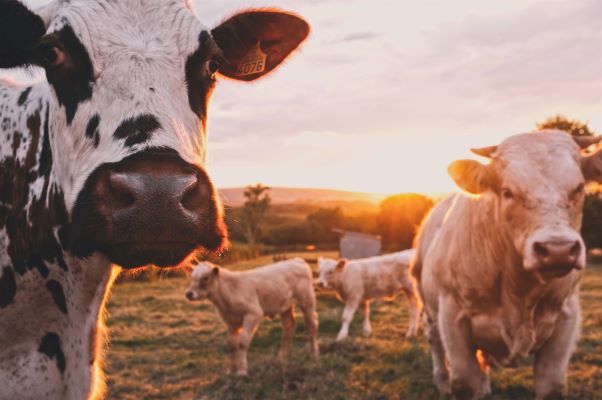The African agriculture industry is blossoming. However, it faces a few challenges as it grows. Most notably, it must be able to maximize output to sustain a growing population while minimizing its environmental impact.
Agriculture accounts for 23% of the GDP in sub-Saharan Africa, but some experts say it’s only capitalizing on one-third of its potential. However, farmers acting on this potential must consider the industry’s already significant environmental footprint. Animal rendering could provide a promising opportunity to achieve both goals.
What Is Rendering?
Meat is the most familiar and common use case for livestock, but it’s not the only one. Animals, especially cows, contain many items people don’t eat, like bones, organs, excess fat or other undesirable parts. Rendering turns these inedible parts into useful materials and products.
Some uneaten animal parts, like organs, contain plenty of nutrients that other animals need, so rendering can turn them into raw materials for feed. Alternatively, farms can render fats and proteins to make candles, detergents and even biofuels. Some rendered products, like leather, are already commonplace, even if people don’t realize it.
Rendering ensures that people use every part of the animal, leaving nothing to waste. Embracing this practice instead of discarding undesirable byproducts can yield impressive benefits.
Importance of Rendering for African Agriculture
Rendering offers a chance to get more profit out of livestock that African farmers already spend money on. Things that normally end up in landfills or otherwise go to waste can become sellable products, helping small farms grow and thrive.
Another benefit of rendering for African farms is its sustainability. Animal agriculture carries a significant environmental footprint from greenhouse gas emissions, deforestation and resource consumption. Rendering minimizes waste in these processes, making them more productive without raising their ecological impact.
Rendering also reduces the carbon footprint of other industries by lessening the need for some raw materials. This reuse means rendering sequesters five times the greenhouse gas emissions it emits and avoids at least 90% of potential emissions. That level of sustainability means African farms could expand without taking too hard a toll on the environment.
Rendering Equipment Considerations
Capitalizing on animal rendering means acquiring the right equipment. Farms have several considerations to keep in mind when it comes to selecting, placing and using these tools.
First, agricultural businesses must decide whether to ship animal byproducts off to a third-party rendering plant or handle the process in-house. Off-site rendering is more accessible and economically feasible for small farms but may carry an environmental toll. Transport accounts for 37% of global CO2 emissions, so moving byproducts between facilities will incur a higher carbon footprint.
Farms that render in-house must consider the kind of equipment they need. Incinerators are among the most common tools, but usage is based on the type of products or materials farms want to produce. That, in turn, depends on the animals they raise.
Farms should align their equipment and rendering goals with what would yield the highest economic and environmental benefits. That means looking at what uses the most rendered material and is the easiest to produce. Striking that balance will minimize waste, saving costs while protecting the environment.
Rendering involves some high upfront costs, regardless of the specific equipment in question. However, the reduced waste and new income streams will make up for this over time.
Rendering Can Make African Agriculture More Sustainable
Rendering may be a crucial step forward as African agriculture grows and seeks to become more eco-friendly. If more farms embrace this practice, the industry can expand without increasing its carbon footprint.
Farming is an essential industry but an often wasteful one. Rendering allows it to reduce that waste, and that advantage is becoming increasingly critical as climate change looms. The added economic benefits make it vital for African farms to embrace this practice.

Jane is an agriculture and environmental journalist and the founder and editor-in-chief of Environment.co, where she covers sustainability and eco-friendly living.










[…] Source link […]
Comments are closed.